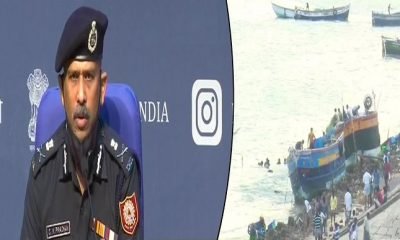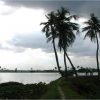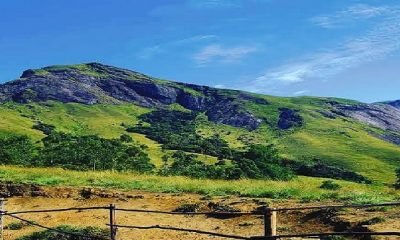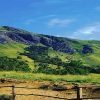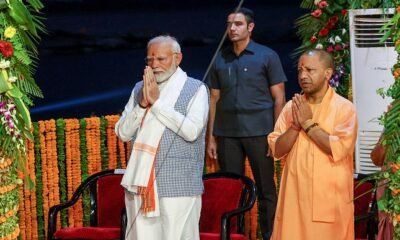Tourism
Chilika: The paradise lake
Sibashish dash
Chilika greets you with calm waters surrounding hills, migratory birds from distant lands, dolphins swimming past your boat, lots of seafood and the smell of salt in the breeze. During the monsoon, when it rains, it swells and it shrinks, exposing miles of mudflats, during the peak of summers. Chilika has it’s own story, like all of us, it was born one day and it will cease to exist one day.
More Than 5000 Held In The National Capital For Defying The Lockdown
Let us search for a pattern in what apparently seems to be a mystery. Sun temple in Konark, as per history, was built right on the coast some 700 years ago. Then why today, it is situated 3km inland from the Chandrabagha beach ? A 10th-century text, the mentions Chilika Lake as an important centre of trade and commerce, and a shelter for ships sailing to Asian countries. This suggests that the lake was then deep enough for berthing seagoing ships. Then why today, chilika is a shallow water lake virtually detached from the sea? Why similar lagoons, like Pulicat and Kolleru, are located on the eastern coast of India? Something has happened in the past, which links everything.
Fire accident at kaying village siang district around 50 house gutted down in 45 minutes
Chilika is patch of water stolen from the Bay of Bengal. The rivers draining into it make it less saline than the sea. For the past 8000 years, the sea has gradually moved backwards. The Mahanadi Delta to the immediate North, over the years, provided lots of sediments to the sea and the sea currents moving parallel to the eastern coast arranged the these into a narrow barrier which sealed the openings of Chilika. Barrier was gradually built from south to north and the process is still going on today. Maybe one day the lake will completely separate from the sea. We won’t be there to find out, our lifespan standing no where in earth’s history.







